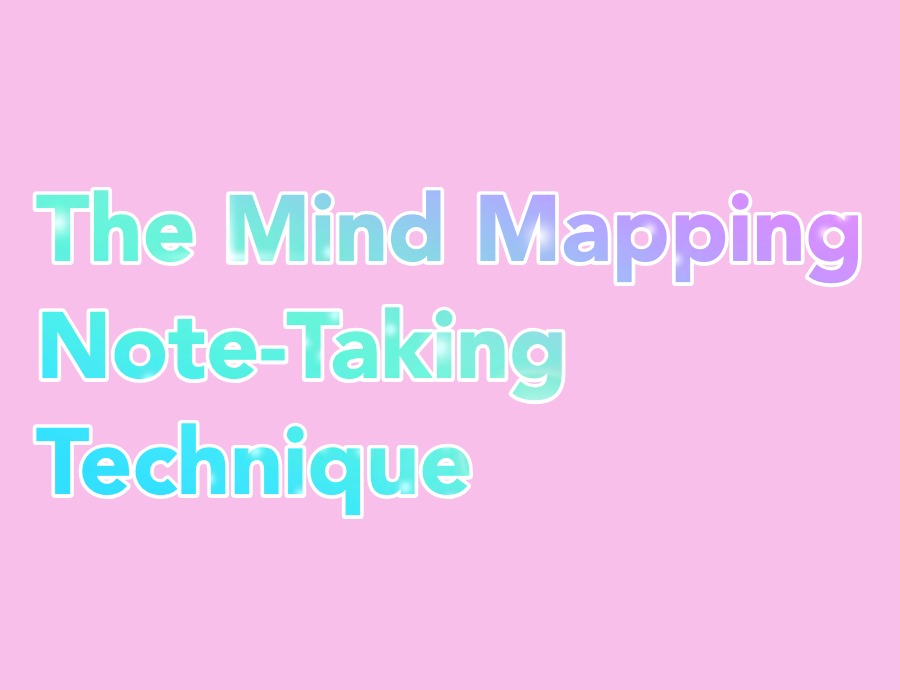The first step to becoming a high-achieving student is to figure out exactly what kind of student you are, and running with it. Find the techniques, systems and methods that work for you, particularly for note taking.
There are many powerful note-taking techniques. The Mind Mapping note-taking system is just one of them, but it’s particularly powerful for a certain type of student. Are you a non-linear thinker? Do you see connections, like to fill them in? Do you thrive when you’re allowed to think as you write? If so, the Mind Mapping technique might be a perfect fit: it’s non-linear, it doesn’t use full sentences, it forces you to work and fill in the blanks as you review and study. It allows you to process and rephrase, reframe as you go. When done well, it can give you an overview as you go, and help you to see the big picture even as you’re working through the specifics.
Here’s how it works:
This method isn’t great for capturing mathematical proofs, etc. but these can often be found in the textbook anyway. Mind-mapping allows you to really focus and to really listen. Check out Prep101 for more tips.
There are many powerful note-taking techniques. The Mind Mapping note-taking system is just one of them, but it’s particularly powerful for a certain type of student. Are you a non-linear thinker? Do you see connections, like to fill them in? Do you thrive when you’re allowed to think as you write? If so, the Mind Mapping technique might be a perfect fit: it’s non-linear, it doesn’t use full sentences, it forces you to work and fill in the blanks as you review and study. It allows you to process and rephrase, reframe as you go. When done well, it can give you an overview as you go, and help you to see the big picture even as you’re working through the specifics.
Here’s how it works:
- Place the lecture subject in centre of the page, and circle it. Here is the big picture. You’ll work outward from here.
- Write key words or short phrases radially outward. Here is where you fill in class notes. Make sure that you keep the notes short and simple. You certainly can’t write what the professors says verbatim; the page would be overwhelming and unreadable.
- Connect the keywords to the centre as you go. As you write your short notes, circle them, and connect them to the subject.
- Consider choosing a pattern- start at 1 o’clock and writing notes clockwise. This technique is free, but shouldn’t be chaotic. Try to choose a strategy and stick to it; it will be useful to understand the flow of the lecture later.
- Branch out and write key words or phrases to elaborate previous key words. If sub-topics are related the topics, then write in those connections too. Make sure that you accurately capture all the relationships and hierarchies. That is, make sure that your arrows are properly drawn in.
- Organize key ideas as you listen; capture and show the conceptual links. Don’t forget to listen as you’re writing, and to really think about the material. If you find that you’re writing on “autopilot,” then you might miss connections, or muddle the material.
This method isn’t great for capturing mathematical proofs, etc. but these can often be found in the textbook anyway. Mind-mapping allows you to really focus and to really listen. Check out Prep101 for more tips.








